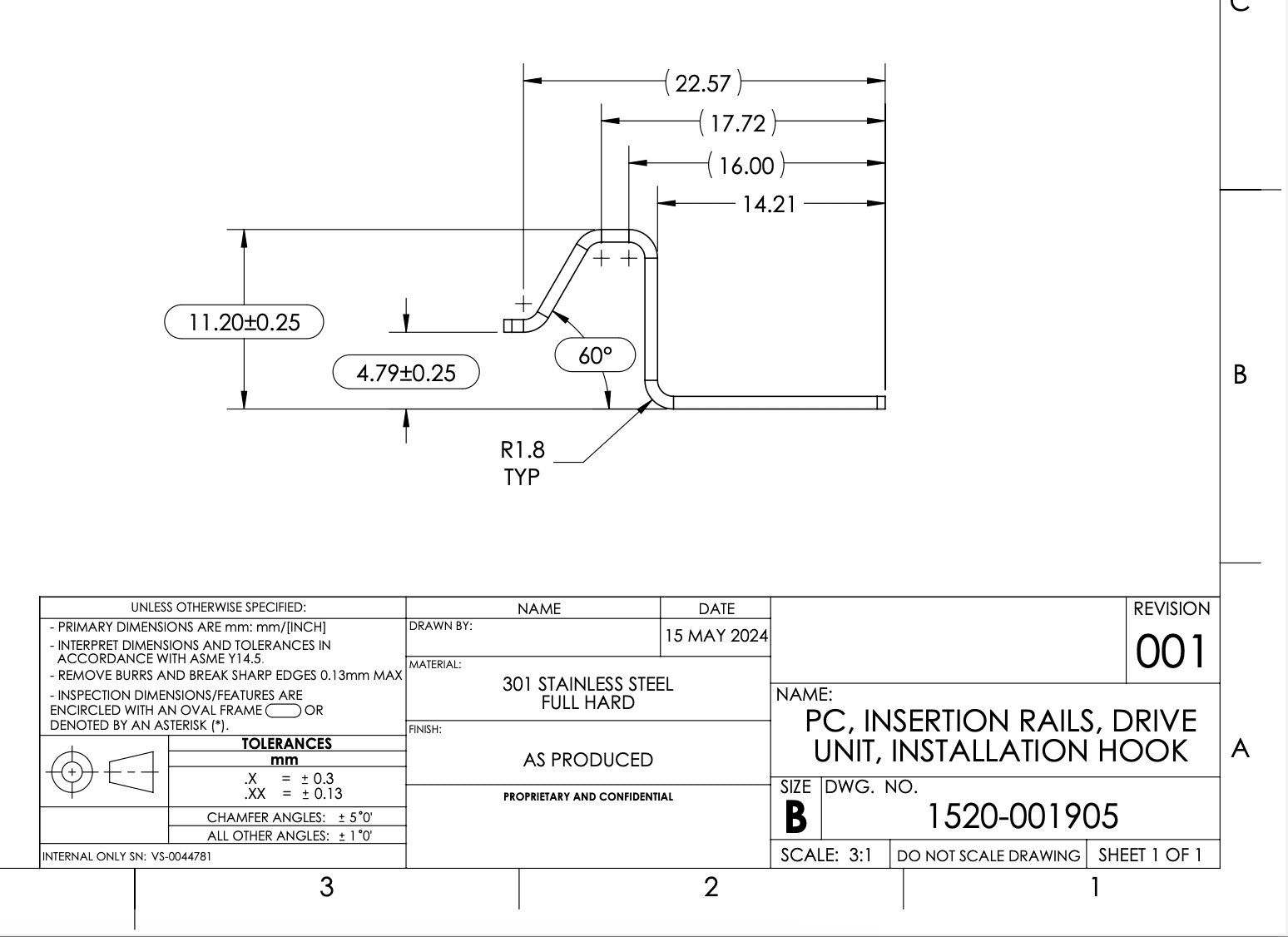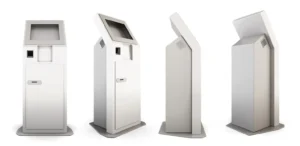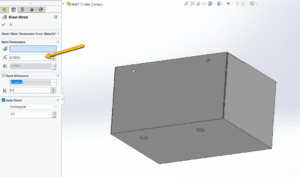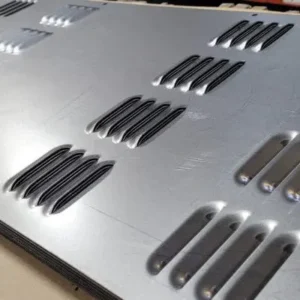The ASM team has reviewed tens of thousands of sheet metal drawings over the years. Our experience allows us to quickly recognize when indicated tolerances are unachievable or when they may impact important project targets. While we're always happy to discuss these issues with our customers and provide effective solutions, it's important to understand that excessively tight tolerances can result in complications including parts that take longer to produce, are more expensive, and in some cases, cannot be manufactured at all.
At Approved Sheet Metal, we're committed to working closely with our customers to determine which tolerances are truly critical in their designs. We offer expert guidance on design changes that can significantly reduce both the cost and lead time for parts, without compromising functionality.
To help our customers avoid tolerancing problems and expedite production, we're offering insights into common reasons for overly tight tolerances and a case study demonstrating how we collaborate with clients to optimize their designs.
Table of Contents
Common Tolerancing Problems in Metal Fabrication
We frequently receive RFQs for parts with tolerances that exceed what is achievable in standard fabrication. Most of these issues are related to sheet metal forming, such as achieving ±0.005 tolerance across multiple bends, which surpasses our recommended default sheet metal tolerances. Additionally, we frequently encounter challenges related to flatness, perpendicularity, and geometric tolerances. Tight geometric tolerances, in particular, can be especially demanding compared to dimensional tolerances, and we encourage customers to consider alternatives.
When discussing these issues with our customers, we prioritize understanding your design intent and suggest loosening the tolerances where possible. Most are happy to take our recommendations, but some customers face difficulties due to existing machined parts that must fit with the new designs.
To minimize these challenges, we recommend fabricating your sheet metal parts before integrating them with machined or 3D printed parts. This approach allows you to collaborate with your fabricator upfront to ensure your design accommodates achievable tolerances.
Occasionally, our discussions uncover unexpected reasons for these excessively tight tolerances. For instance, we may learn that these parts were previously fabricated by other suppliers who already invested in specialized tooling. In these cases, we advise customers to adapt their designs to the established tooling and processes of our sheet metal shop to maintain competitive pricing.
Case Study: Overcoming Design Challenges With Early Collaboration

Recently, a customer requesting sheet metal services recently sent us a design that included three issues with tolerance that we frequently encounter:
#1: Material Selection
The customer specified full hard stainless steel for their part. Full hard materials of any kind are notoriously difficult to bend without cracking, and this material in particular is rarely optimal for sheet metal applications. The small kicks included in the design could possibly be bent, but 90 degree angles would be nearly impossible to form without compromising the material’s integrity.
#2: Tolerance Stacking
The design included two critical dimensions (highlighted in oval frames in the accompanying image). The first dimension, 11.20±0.25, has a tolerance equivalent to approximately ±.010 inches. This dimension alone is challenging – our standard tolerance sheet indicates that a dimension held across two bends can typically achieve ±0.015.
The second dimension of 4.79±0.25 posed a greater challenge. This tolerance again requested approximately ±.010 inches, but would need to be held across four bends. These tolerances would be challenging for any part, but this design calls for particularly thin material. With such thin walls, the part will inevitably move and flex, making these tolerances impractical.
#3: Short Flanges
This design also features an excessively short flange, which necessitates a complex manufacturing process. We would have to start with a longer flange, machine it back to the desired length, and then resume the bending process. This additional step would have increased production time and cost.
Finding a Resolution
After discussing these issues with our customer and explaining the limitations of sheet metal fabrication, they were receptive to our suggestions. They quickly provided an updated drawing with updated tolerances and design features. In the end, this experience underscored the value of early collaboration with our expert team of metal fabricators.
Assisting Your Sheet Metal Design Process
By partnering with ASM, you gain access to our extensive knowledge and expertise in sheet metal fabrication. We are not just suppliers; we are your partners in navigating the complexities of designing for manufacturability. Our goal is to empower you with the information necessary to streamline your production processes, including our List of Recommended Tolerances—an excellent resource to bookmark! Whether it’s adjusting tolerances, recommending materials, or discussing alternative design strategies, we’re here to help.
Request a quote today and let us support your project’s success!




